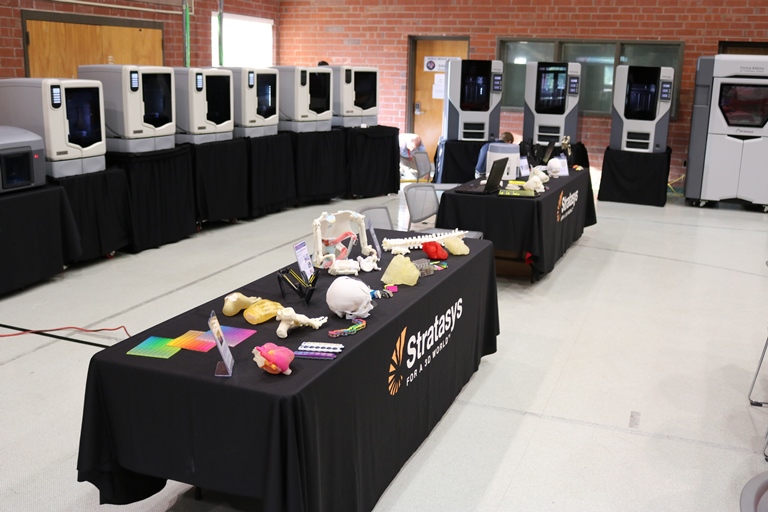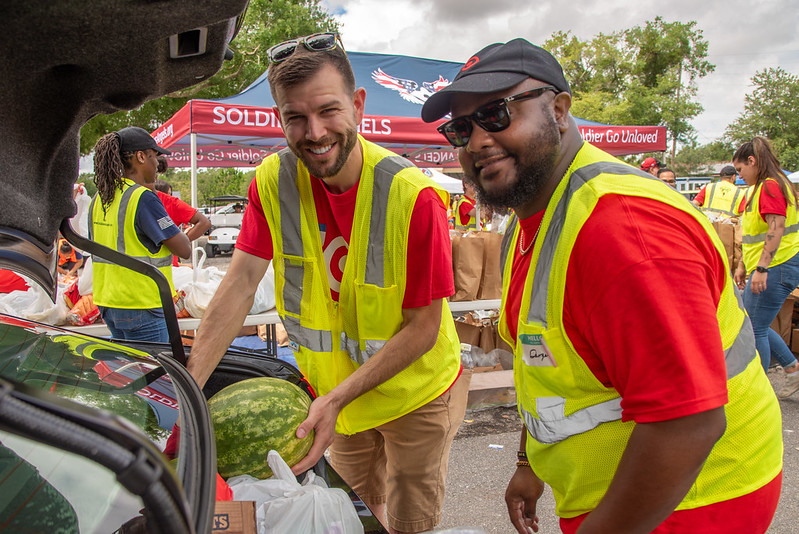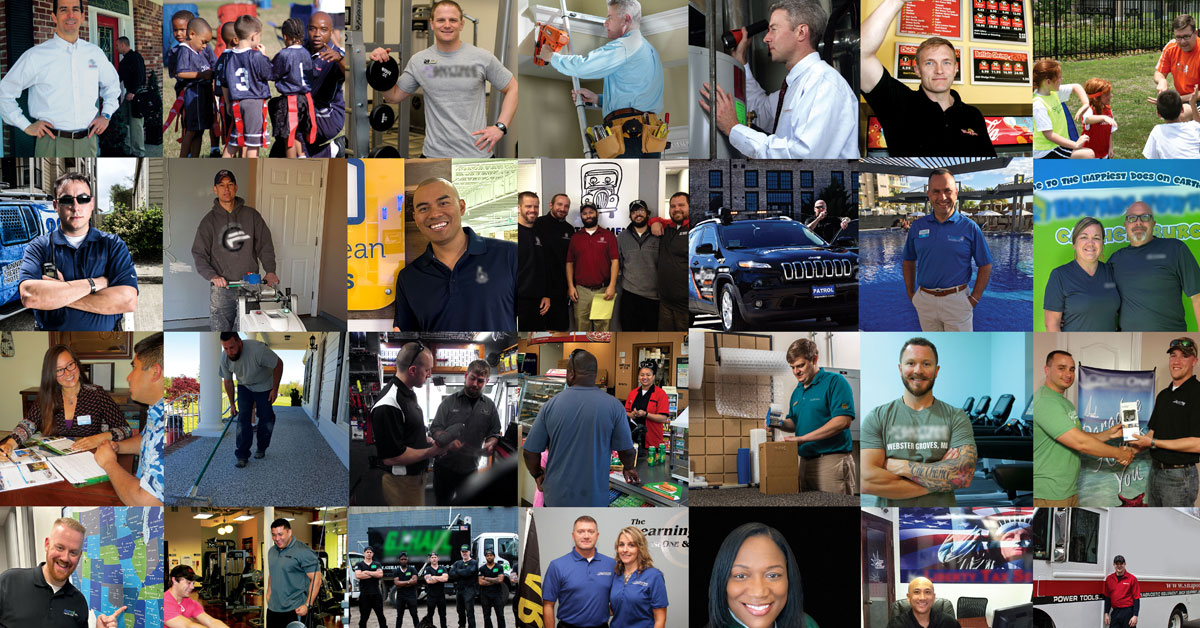Recently, the McGuire VA Medical Center in Richmond, Virginia, the Assistive Technology Program partnered with the VA Center for Innovation to bring together innovators, clinicians, Veterans, and problem solvers to create solutions for challenges “differently-abled” Veterans face every day. I could not have imagined the impact the VA Innovation Challenge Make-a-thon would have on all of those involved.
The make-a-thon began with several Veterans sharing their stories of their challenges…
- Eric Young, a Marine Veteran, had participants envision a road running through the mountains of Colorado. He asked us to imagine how it would feel as you drove your motorcycle down that road; then imagine not being able to do it because of the loss of your arm. He inspired us all by saying: “I will ride my motorcycle on that road through the mountains of Colorado.”
- Kim Matthews, an Army Veteran, told us that people take the everyday things they do to get ready in the morning for granted. It’s a serious challenge for her because of her hand tremors. The tremors make it so difficult to put on make-up, fix her hair and button her blouse to the point that she does not go out as much anymore. It isolates her.
- LisaMarie Wiley, an Army sergeant who lost her leg below the knee from a bomb blast in Afghanistan, shared with us her desire to switch easily between her prosthetic devices. She has a number of prosthetic legs for different purposes, such as sports, but it takes her time to switch between each leg. Instead of a prosthetics socket for each attachment, she wanted the ability to use a single socket that could be quickly connected to different attachments.
These stories – and others – touched participants so much so that those that came just as spectators decided to jump in and attempt to solve the problems. Those that came as participants were further inspired.
There were about a dozen challenges pitched by both Veterans and participants for solving over the course of the make-a-thon. Twenty-one teams formed to create solutions aimed at improving not only the quality of life for the Veterans involved, but also – since the solutions would be open-source – patients facing these challenges across the United States. What a powerful mission. The energy in the room as the teams formed and ideas developed was so intense it’s difficult to describe other than to say it was like the Energizer Bunny times 1,000.
As the day went on, the energy continued. Teams ranging in age and expertise were problem solving, mentors were guiding, and Veterans were providing feedback. Some team members were only ten years old while others had thirty years of professional experience in engineering. On that note, the expertise in the room was AMAZING. Mentors came from Toyota, GE, 3D Systems, Stratasys, the Assistive Technology Program and McGuire VA Medical Center’s occupational therapy and prosthetics staff. Software engineers, physicians and CAD design experts all shared their knowledge. The diversity on the teams and the collaboration was incredible as they worked towards one goal: accelerating the development of personalized assistive technologies and prosthetics.
As teams continued to develop their concepts, the designs were sent to one of the fourteen 3D Printers from Stratays and 3D Systems for the prototypes to print overnight – you could hear the humming of the machines as they worked hard to create the different teams’ visions turning them into possible solutions.
Day 2 brought just as much energy, if not more, as the teams had only a few hours to finalize their creations. It was a rush to the very last minute, with team members running around trying to find tools, consult with their mentors, and create their final presentations.
Finally, it was time for the teams to present their solutions in three minutes…talk about time crunch. I was not presenting but I could feel the pressure! To say everything they wanted and showcase their design in such a short amount of time made even me anxious. After listening to twenty-one presentations over almost two hours, the judges had the huge undertaking of deciding the ultimate winning design.
As part of the judging criteria, all of the teams had to upload their designs to the NIH 3D Print Exchange. There the designs will be kept publicly as open source material, meaning that anyone, Veteran or non-Veteran, has access to their designs to tailor and adapt with resources in their own communities. How cool is that! The technologies developed at the make-a-thon have the potential to not only change Veterans’ lives involved with the event, but also help change the lives of differently-abled people anywhere due to the open source nature of the technologies developed at the event.
And the winner was … drum roll please … Team Spline! They designed a coupler for Lisa Marie Wiley, a Veteran who lost her leg below the knee in a bomb blast in Afghanistan. For winning, they won $20,000 from Google.org to help support further development of their prototype. Six other teams won prize money as well to help fuel their efforts. All I heard as people left were positive things, like the following:
“Thank you for this opportunity,” said a participant
“I can’t believe I helped a Veteran,” said a 3D printer vendor
“For me, I don’t think there is a better thank you that you could give me,” said a Veteran.
“What an amazing event. Are you doing it again next year?” a mentor said.
“I think we can do a Make-A-Thon at our school,” a participant said.
The Make-a-thon had an impact on everyone’s lives. There is nothing more I can say, but thank you to everyone involved.

Topics in this story
More Stories
Soldiers' Angels volunteers provide compassion and dedication to service members, Veterans, caregivers and survivors.
Veterans are nearly three times more likely to own a franchise compared to non-Veterans.
The Social Security Administration is hoping to make applying for Supplemental Security Income (SSI) a whole lot easier, announcing it will start offering online, streamlined applications for some applicants.






